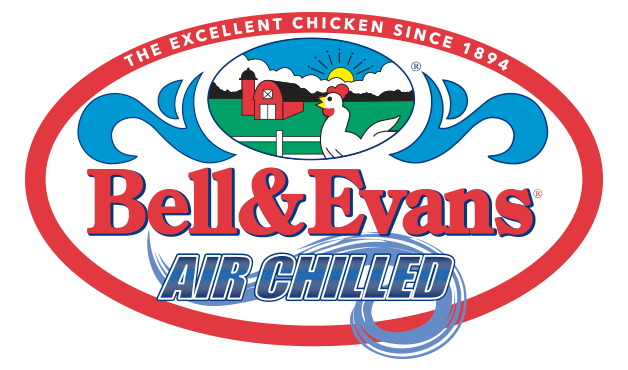Bell & Evans has been a premium chicken brand since the beginning, more than 125 years. When I bought the business from the previous family in the ‘80s, I was determined to take Bell & Evans to the next level. I had big ideas to produce all-natural chicken, which I did, the first U.S. poultry producer to use that label. By 1998, 100% of our production was all-natural Raised Without Antibiotics chicken. From there, organic became a natural extension.
We have been producing organic chicken since 2009. I believed in the concepts of organic before I really understood the term. Organic means using natural inputs and practices for healthy outputs (products, land, people). It’s good for everything and everyone involved.
When we first introduced all-natural chicken to the market, that label meant something. It meant no antibiotics introduced ever, clean feed and other higher standards, and later expanding to 100% Air Chill, too. That hasn’t changed for us, but all too quickly, commodity producers jumped on the band wagon with their own versions of “all natural” that are barely mediocre. The same is happening with organic. Bell & Evans cares about delivering true organic products.
Most large U.S. organic food producers use imported “organic” grains in their products. They are cheaper to buy but harder to trace. If you don’t know the origin of your grain, you don’t know if organic practices were actually used. That’s why, from the very beginning of our organic program, we have been committed to sourcing only U.S. grown organic grains. We’re already one of the largest U.S. organic grain buyers, and our organic chicken sales are increasing. We need more. We took matters into our own hands to help farmers create the supply we demand.
You should see national coverage of the Bell & Evans Organic Grain Initiative this week. It’s the largest market-financed organic grain transition program backed by science in the world and a model the rest of the food industry can follow. In short, we partnered with global ag leader Cargill and organic pioneer Rodale Institute to help farmers transition from conventional to organic-certified grain production. We’ve eliminated the biggest concerns from farmers who don’t know where to start, how to go about transitioning, or if a stable market exists to sell the organic grain at a premium once they put in the time and money involved to make the switch.
We are investing $500 million in organic-certified corn and soybeans over the next five years, and this program aims to transition 50,000 U.S. acres to organic. How’s that for a commitment to organic?


Thank you for being such a leader in the industry. We buy ONLY Bell & Evans chicken. You can absolutely taste the difference and knowing the commitment that the company has toward its organic endeavors is commendable and honorable. Thank you!
I appreciate your efforts to be “Organic” but feeding the chickens corn, which is loaded with pesticides is not a good idea. I am looking for pastured chicken. Chickens that eat bugs! “All natural!” The flavor of pastured chicken is far different than other chickens no matter what!
But thank you for a good product!
Thank you for commenting, Sherry. We want you to know that according to Rodale Institute, a product with the USDA Certified Organic seal must be grown or produced with no synthetic herbicides, pesticides, or fertilizers—and that means no RoundUp and no glyphosate.